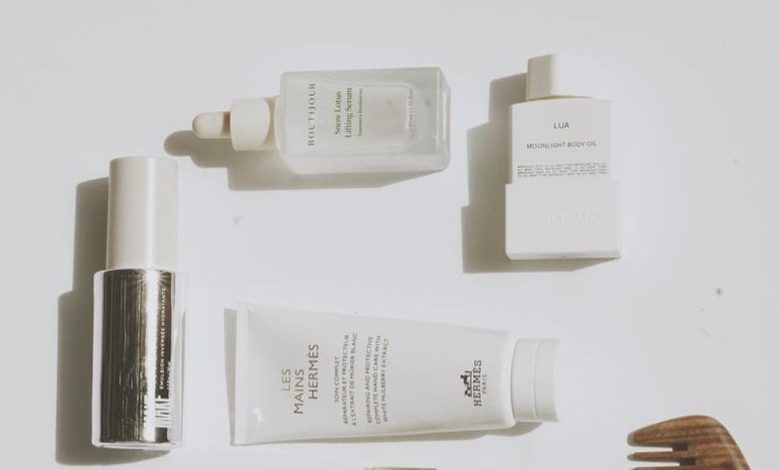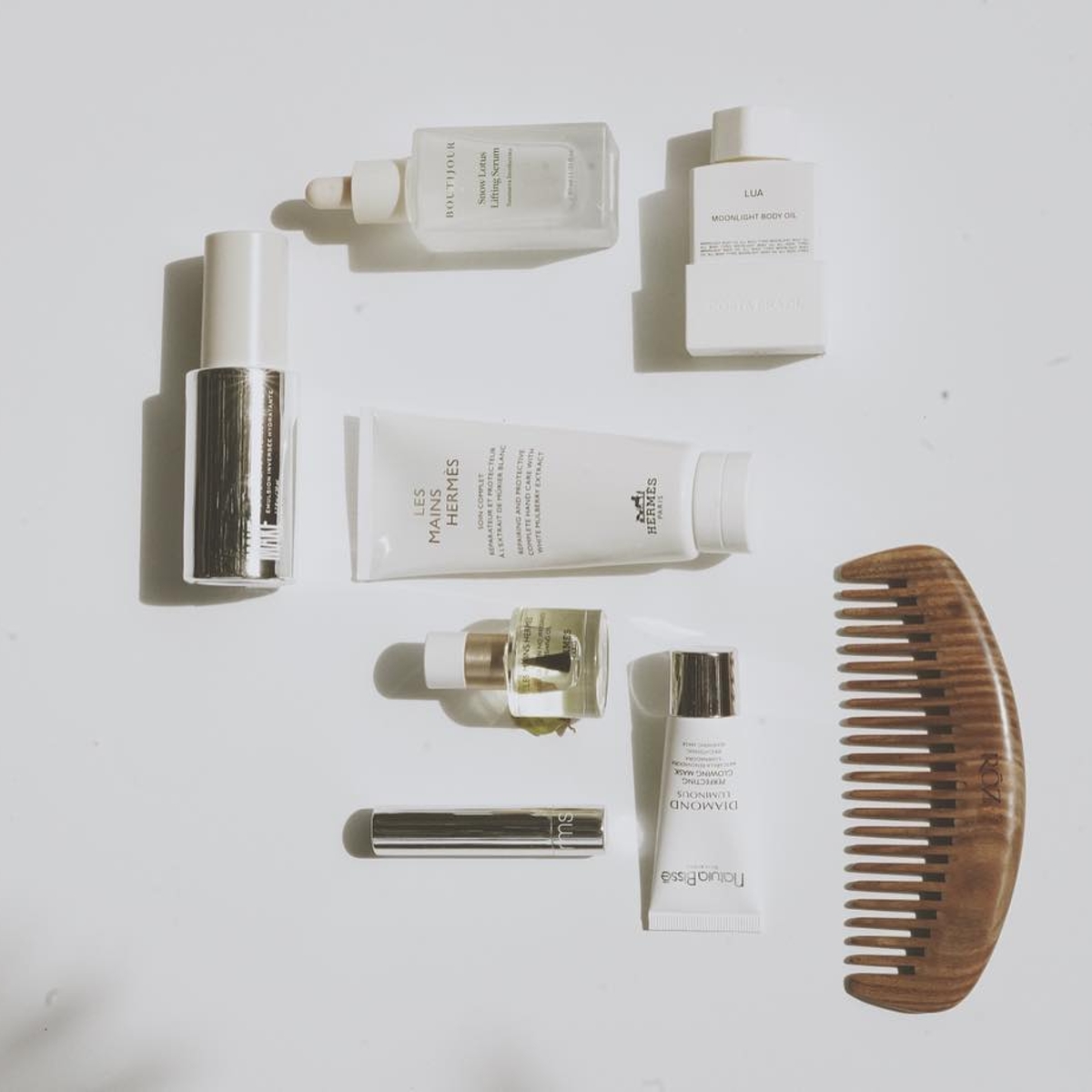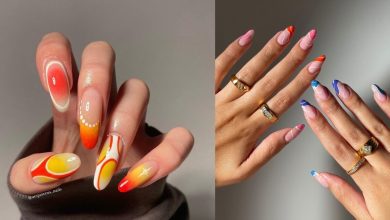No, You’re Not Imagining It—Here’s Why Your Botox Results Aren’t Lasting as Long as They Used To


If you’re like me and have noticed your injectables haven’t been lasting as long as they used to, then you’re going to want to listen up. While I’ll admit that it’s probably a good thing that your body is filtering out the neurotoxin at a faster rate (that means things are working properly), it’s frustrating when your results start to fade after just two or so months. For me, I noticed that even treatment options like Daxxify (which is designed to last longer than Botox) started to wear off after a few months, and that’s when I truly started to get frustrated.
I turned to a dermatologist for some answers. I knew I couldn’t be the only one experiencing this, so I asked about why this happens and what we can do about it. Keep scrolling—board-certified dermatologist and cosmetic surgeon Saami Khalifian shared some insight and tips.
What Causes Your Injectables to Fade Quicker?
First, Khalifian offered a bit of insight on why your injectable results aren’t lasting as long as they used to. It’s due to something called immunogenicity. Immunogenicity is the ability of a substance to cause the body to produce an immune response. In relation to injectables, your body’s immune system recognizes the injected neurotoxin as a foreign substance and responds by producing antibodies against it. “These antibodies can neutralize the effects of the treatment, rendering it less effective over time,” he explains.
He also shares that immunogenicity can present in two ways. Sometimes, it just means your results won’t last as long as they used to; other times it means that you’ll need significantly more neurotoxin to achieve the same outcome. “[It’s] mostly observed in patients who have been receiving neurotoxin injections for many years, especially those who receive frequent high doses of both aesthetic and therapeutic treatments (such as for migraines, excessive sweating, etc.),” he shares.
Personally, I noticed that my results weren’t lasting as long after getting injectables just a few times—this would explain why that happened. Although it’s annoying, like I said above, it’s definitely a good sign that your body’s immune system is doing its job.
How to Combat Immunogenicity

While triggering an immune response might be unavoidable in some cases, Khalifian still has some tips on what you can do to help combat this. He recommends scheduling all of your injectable appointments in a single session. This reduces the frequency of exposure, and it will be less likely to trigger a significant immune response. “Spacing treatments out over multiple appointments within a short time period increases the frequency of exposure, which can trigger a stronger immune response—much like how booster vaccines work,” he explains. For this reason, he also recommends avoiding treatments like “baby Botox,” which use smaller, more frequent injections.
If you receive injectables for excessive sweating or masseter treatments for TMJ, he suggests booking them on the same day as any cosmetic facial treatments so you don’t have to get another injection for at least three months.
If you are showing any signs of neurotoxin resistance, Khalifian also says it might be time for a “treatment holiday.” He says, “Pausing your injections for six to 12 months will enable the body’s immune response to reset, allowing the neurotoxin to work more effectively when reintroduced,” he explains. He also recommends other aesthetic treatments like laser facials or biostimulators like Sculptra to patients who are experiencing immunogenicity because these can help you maintain a youthful appearance while avoiding injectables.
For a few skincare picks that are almost as good as injectables, keep reading below. I’m sharing a few of my faves ahead.
Skincare Products That Are Almost as Good as Injectables
Source: WhoWhatWear
Related Posts
- 5 foods you must have if want Korean Glass Skin
- I Asked the Coolest People I Know: What Makes an It-Girl Lip Balm?
- 7 hairstyles for women popular in 2025 weddings
- 12 Coconut Perfumes That Smell Like an Expensive Vacation (and Not Sunscreen)
- The 6 Hats Everyone Will Be Wearing Instead of Bucket Hats This Summer





